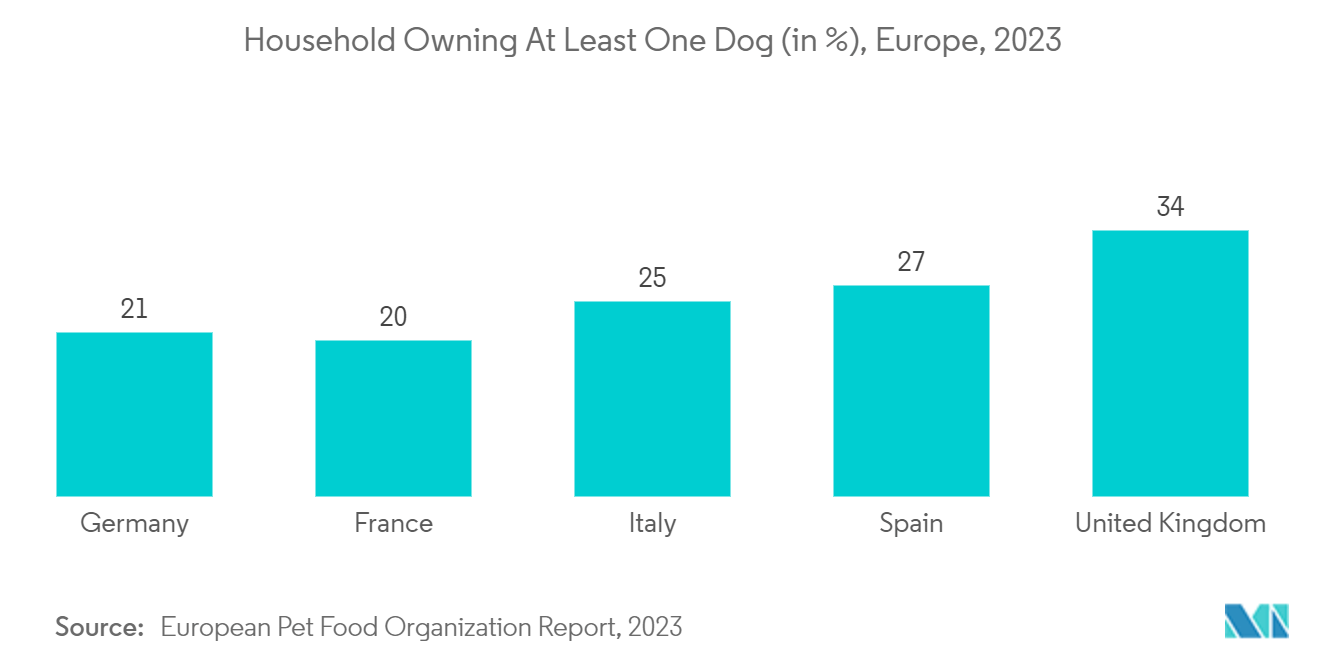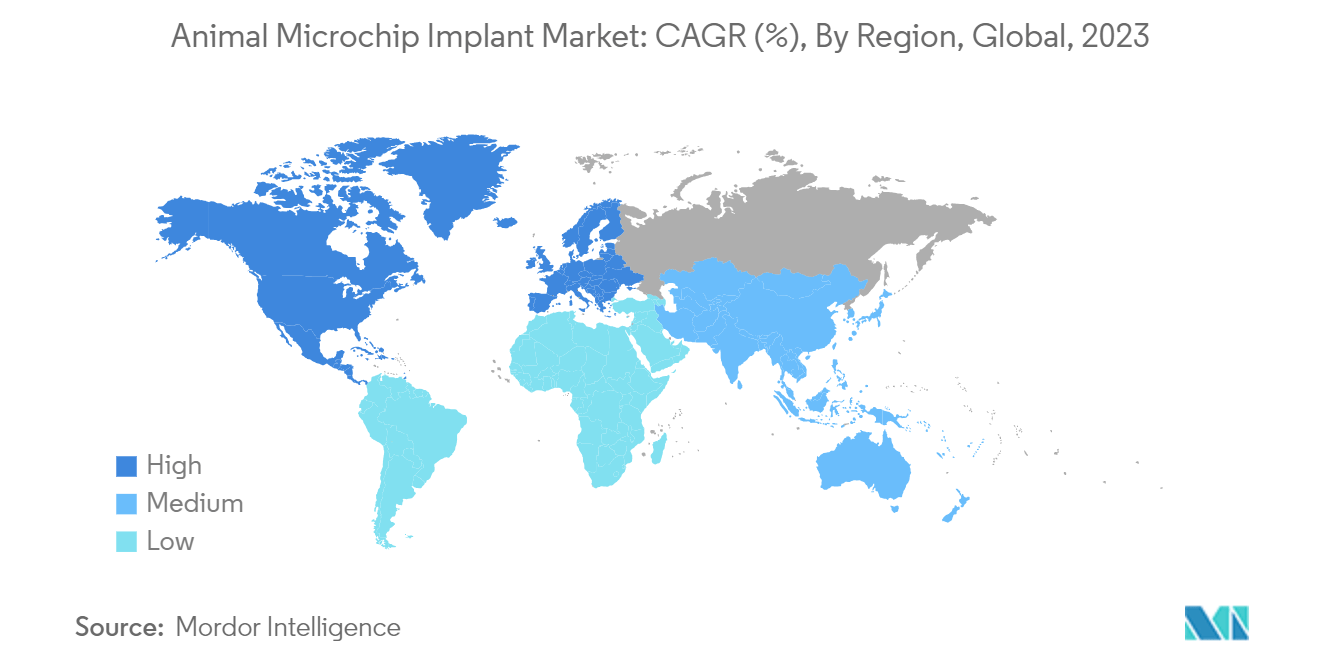Market Trends of Animal Microchip Implant Industry
The RFID Chip and Implanter Segment is Expected to Witness Significant Growth Over the Forecast Period
RFID chips are subcutaneously implanted, typically positioned between the shoulder blades, using an implanter with a large-bore needle. The process is relatively painless and doesn't require anesthesia. Each RFID chip houses a unique registration number and contact information for the brand's registry. When a handheld scanner detects the chip's radio frequency, it displays the embedded information. Consequently, animal shelters or veterinary clinics that locate a lost pet can contact the registry to obtain the owner's contact details.
The increasing number of lost animals is expected to increase the demand for RFID chips and implanters, boosting the segment's growth over the forecast period. For instance, according to an article published by PetKeen in October 2022, about 15% of cat owners lose their feline companions, and approximately 1.5 million lost pets are euthanized at shelters annually.
Additionally, the surge in cat ownership, attributed to urbanization, apartment living, and evolving cultural attitudes, is significantly impacting the RFID chip and implanter segment. For instance, according to the 2023-2024 Animal Public Power Association National Pet Owners Survey, over 46.5 million households in the United States owned a cat. According to an article published by the World Animal Foundation in January 2023, there were over 400 million cats worldwide. The high prevalence of cat ownership globally drives the demand for microchip implants as pet owners seek advanced and reliable identification methods to ensure the safety and well-being of their pets.
According to another study published by Data Axle in July 2023, the demographic insight that cat owners are generally older than dog owners, with almost 70% being over 60 compared to 52% of dog owners, had significant implications for market growth. The demographic trend of cat owners being generally older drives segmental growth as older pet owners prioritize reliable pet tracking and identification solutions, increasing demand for advanced microchip technology.
Market players are focusing on launching new products worldwide to enhance their presence. For instance, in November 2022, MSD Animal Health launched HomeAgain Thermochip, a new identification microchip incorporating a temperature biosensor to measure the cat or dog's subcutaneous temperature. Such advances boost awareness and promote demand for these products from pet owners. All such factors mentioned above are collectively expected to boost the segment’s growth over the forecast period.

North America is Expected to Hold the Largest Market Share Over the Forecast Period
The animal microchip implant market in North America is expected to grow at a good pace over the forecast period. The growing awareness among pet owners about animal microchips and available services and the increasing adoption of pets are the major factors driving the growth.
The increase in spending on pet care and rising pet adoption are expected to boost the market's growth in the region. For instance, according to the Pangolia report in May 2024, in 2022, Toronto animal shelters experienced a 75% increase in the number of pets surrendered compared to the previous year. The Ottawa Humane Society reported a 15% rise in animals arriving at their facility. In 2023, the BC SPCA successfully found homes for 11,138 animals. Meanwhile, the Regina Humane Society facilitated the adoption of 2,085 animals in 2022, and the Calgary Humane Society found homes for 2,371 animals in the same year.
According to the same source, the Ontario SPCA recorded 3,918 animal adoptions in 2022. The significant increase in pet surrenders and the substantial number of adoptions reported by various animal shelters and humane societies across Canada in 2022 and 2023 underscored a heightened need for reliable pet tracking and identification solutions, thereby driving the growth of the market.
Similarly, according to the 2023-2024 National Pet Owners Survey conducted by the American Pet Products Association (APPA), around 66% of US households owned a pet, which equated to 86.9 million homes, including 46.5 million cats and 65.1 million dogs. The most popular animals that are adopted worldwide are cats and dogs. This rising adoption of pets may drive the growth of veterinary healthcare management services and products in the United States over a more extended period, which will further the market growth during the forecast period.


